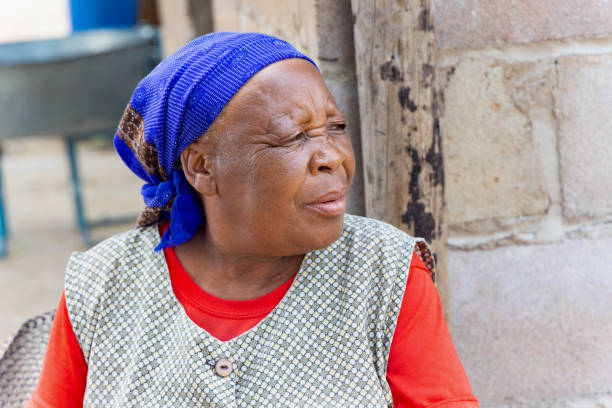Years lived with disability (YLDs) may be an early indicator of long-COVID risk, especially in low-resource communities where persistent symptoms are underreported, per data collected from the height of the pandemic.
For the global analysis, published in Med Research, an international group of researchers used the Global Burden of Disease (GBD) 2021 framework to further analyze 2020-21 data that they published in 2024 on long-COVID's direct burden.
This study looked at YLDs in 920 locations as a potential signal of future higher risk of long-COVID in 2022 and 2023. The team also assessed patterns of inequality to identify vulnerable groups.
"Among the six key health burden metrics used in the GBD framework, including incidence, prevalence, mortality, DALYs [disability-adjusted life-years], years lived with disability (YLDs), and years of life lost (YLLs), YLDs may be more appropriate for assessing the burden of long COVID, as they are specifically designed to capture nonfatal health losses by accounting for both the prevalence and severity of symptoms," the study authors wrote.
Even wealthy countries had inequalities
Age-standardized YLD rates were higher in low- and middle-income countries (LMICs)—especially in Sub-Saharan Africa and in regions in South Asia and Eastern Europe where long-COVID research has been sparse. Those nations also lack a strong healthcare system that would enable efficient diagnosis, reporting, and long-COVID management. Examples of such countries include Mozambique, Malawi, Ethiopia, and Iraq.
Of the 10 countries with the highest age-standardized YLD rates in 2021, 80% were in the low, low-middle, and middle Socio-demographic Index categories.
Many higher-income countries had lower overall YLD rates but still had large inequalities in certain areas. For example, long-COVID risk varied widely by US state, with rural and other underserved areas having higher YLD rates. This pattern suggests that national averages may obscure important local vulnerabilities, the researchers said.
"Even within high-income nations, we saw dramatic differences between communities," co–first author Dan Shan, an independent researcher, said in a news release from Far Publishing Ltd. "The effects of long COVID are not equally distributed, and without granular data, certain subgroups may be overlooked in policy decisions."
Women aged 20 years and older bore a significantly greater long-COVID burden than men, which the authors said aligns with trends seen in previous studies.
Systemic vulnerabilities, entrenched health disparities
"These high age-standardized YLD rates may point to systemic vulnerabilities and entrenched structural health disparities, indicating a potential for considerable and enduring long COVID burden that could persist to the present day in the absence of targeted interventions," the researchers wrote.



















